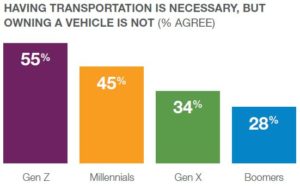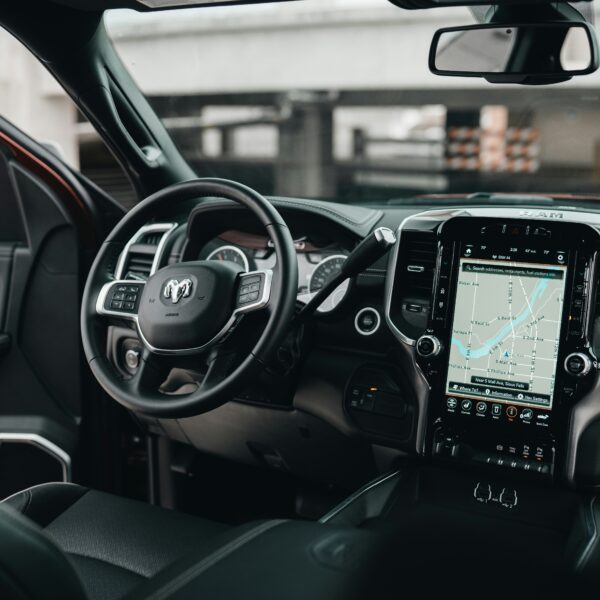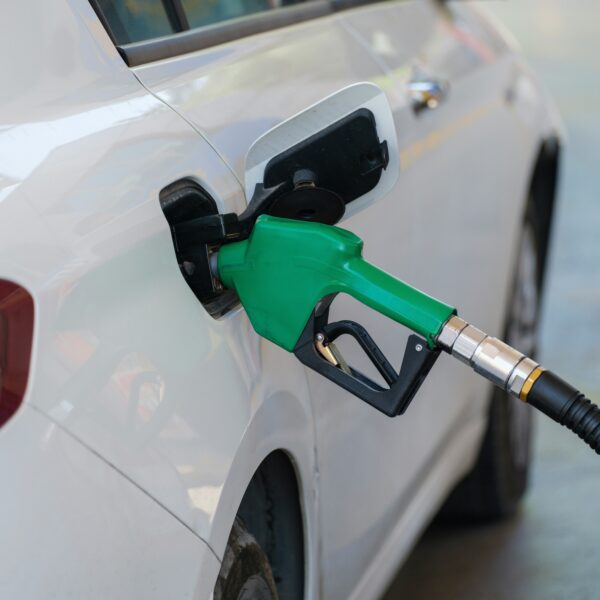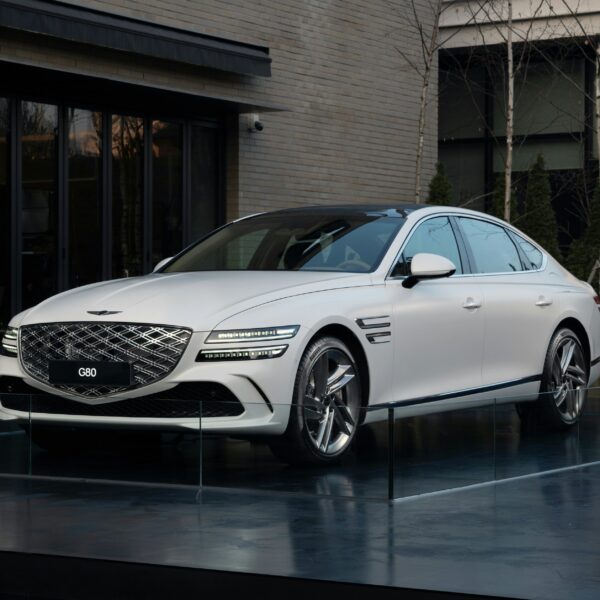New Car Ownership Is Dropping. What’s Going On?
With new car ownership dropping, Americans may be looking toward a new kind of future. What do the latest statistics have to say about the state of automotives in the nation?
New car ownership is getting fewer and farther between
By summer 2020, the average car on the road reached about 12 years old. This included all kinds of vehicles, from cars to SUVs to trucks.
The number is up one-tenth of a year from the year prior. Back in 2002, the average age of a vehicle was just 9.6 years old, which is the same year the market began analyzing this trend.
Older vehicles can be attributed to a few potential factors. First, there’s the possibility that vehicles are made with longevity in mind. But there is the fact that new products are often built more fallibly, so it’s possible this trend can be attributed elsewhere.
More realistically, the cost of a new car has skyrocketed over the last few decades. Average transaction prices are on the rise at the same time that inventory availability has drastically decreased.
People are more prone to maintain their older vehicle and even DIY projects like headlight replacement rather than purchase a costly new car. As the US begins to emerge from an economic crisis, this need for preservation of our assets becomes increasingly relevant.
Take Lyft’s side of the story on car ownership dropping with a grain of salt
Lyft recently released interesting statistics about car ownership via a document with the Securities and Exchange Commission (SEC). They say that car ownership dropping can largely be attributed to younger generations and increased urban populations.

Mobility Study by Cox Automotive
This graph shows that Gen Z drivers are more likely to find vehicle ownership unnecessary, though there are considerations like out-of-home responsibilities to make with this. Lyft makes a valid point in their SEC form, but there’s also obvious bias linked to their rideshare operation.
The costly nature of the used car market gives way to a double-edged sword
used car prices through mid-may pic.twitter.com/6aSJs2Z3wK
— zerohedge (@zerohedge) May 22, 2021
With new car inventory on the decline, used car values are soaring. Consumer Reports tells us that the global chip shortage has led to used car prices increasing 21 percent from April 2020 to May 2021. Nearly half of that occurred in April 2021.
This means people are itching to sell their old cars as we speak, but it also means people are holding on to their old faithfuls a bit longer than they may have anticipated.
With new car ownership dropping, what should drivers expect?
Drivers may find it more difficult to purchase new cars due to financial reasons. However, they also may be more inclined to take part in DIY projects to lengthen their vehicle’s lifespan. It could be a renaissance for connectivity with vehicles across the nation. Rather than just an owned product, drivers may view their cars as a partner in crime that’s worth a little sprucing up over time.
Wouldn’t that be something?















